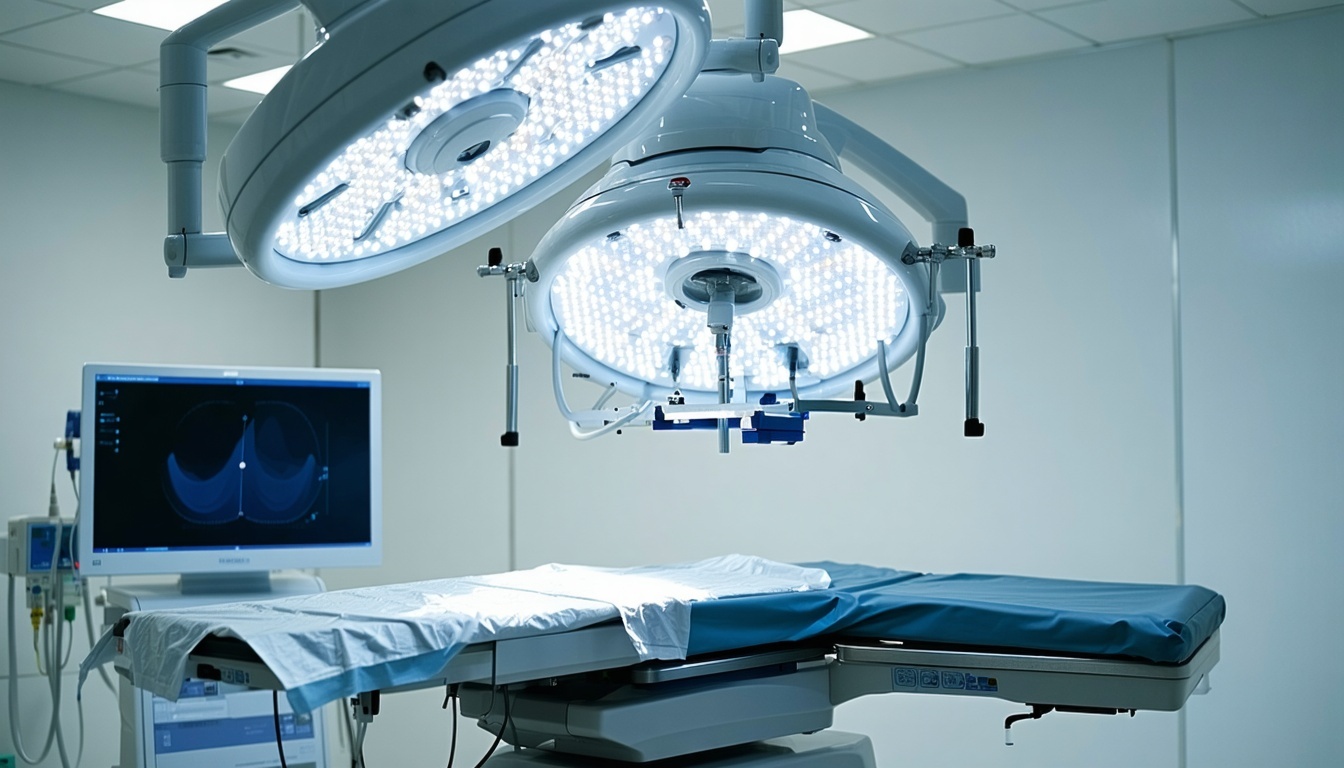
Choosing the ideal surgical light is crucial for enhancing precision and outcomes in eye operations.
The Importance of Optimal Lighting in Eye Surgery
Optimal lighting is paramount in eye surgery as it significantly impacts the precision and success of the procedure. Eye surgeries require meticulous attention to detail due to the small and delicate structures involved. Adequate lighting ensures that surgeons can see clearly without straining their eyes, which can reduce fatigue and enhance performance.
Moreover, optimal lighting helps in distinguishing between different tissues, identifying anomalies, and achieving accurate results. It also minimizes shadows and glare, which can otherwise hinder the surgical process. Thus, investing in high-quality surgical lights is essential for achieving the best possible outcomes in eye operations.
Key Features to Look for in Surgical Lights
When selecting surgical lights for eye operations, several key features should be considered. First, the light should have adjustable intensity to cater to different surgical needs. Surgeons should be able to control the brightness depending on the complexity of the procedure and the specific area being operated on.
Another critical feature is the ability to adjust the color temperature. This allows for better differentiation of tissues and enhances visibility. Additionally, the light should have a uniform beam pattern to ensure consistent illumination without dark spots. Ergonomic design and ease of maneuverability are also important to allow for precise positioning of the light during surgery.
Types of Surgical Lights: LED vs. Halogen
Surgical lights primarily come in two types: LED and halogen. LED lights are increasingly popular due to their energy efficiency, longevity, and superior illumination quality. They produce less heat, which is beneficial for maintaining a comfortable operating environment and reducing the risk of drying out delicate eye tissues.
On the other hand, halogen lights, while still in use, are less efficient and tend to produce more heat. However, some surgeons prefer halogen lights for their natural color rendition. Ultimately, the choice between LED and halogen lights will depend on the specific needs of the surgical team and the operating room environment.
Assessing Light Intensity and Color Temperature
Assessing the light intensity and color temperature is crucial for selecting the right surgical light. Light intensity, measured in lux, should be high enough to provide adequate illumination but adjustable to prevent glare. For eye surgeries, a light intensity range of 40,000 to 160,000 lux is typically recommended.
Color temperature, measured in Kelvin (K), affects how colors appear under the light. A color temperature of around 4,000 to 5,500 K is ideal for eye surgeries as it provides a neutral white light that enhances tissue differentiation. Surgeons should look for lights that offer adjustable color temperature settings to suit different surgical requirements.
Maintenance and Durability Considerations
Maintenance and durability are important factors to consider when selecting surgical lights. LED lights generally require less maintenance than halogen lights due to their longer lifespan and lower energy consumption. However, it's essential to ensure that the lights are easy to clean and maintain to prevent any risk of contamination.
Durability is also critical, as surgical lights are a significant investment. Look for lights made from high-quality materials that can withstand frequent use and sterilization processes. Additionally, consider the availability of service and support from the manufacturer to ensure that any issues can be promptly addressed.
